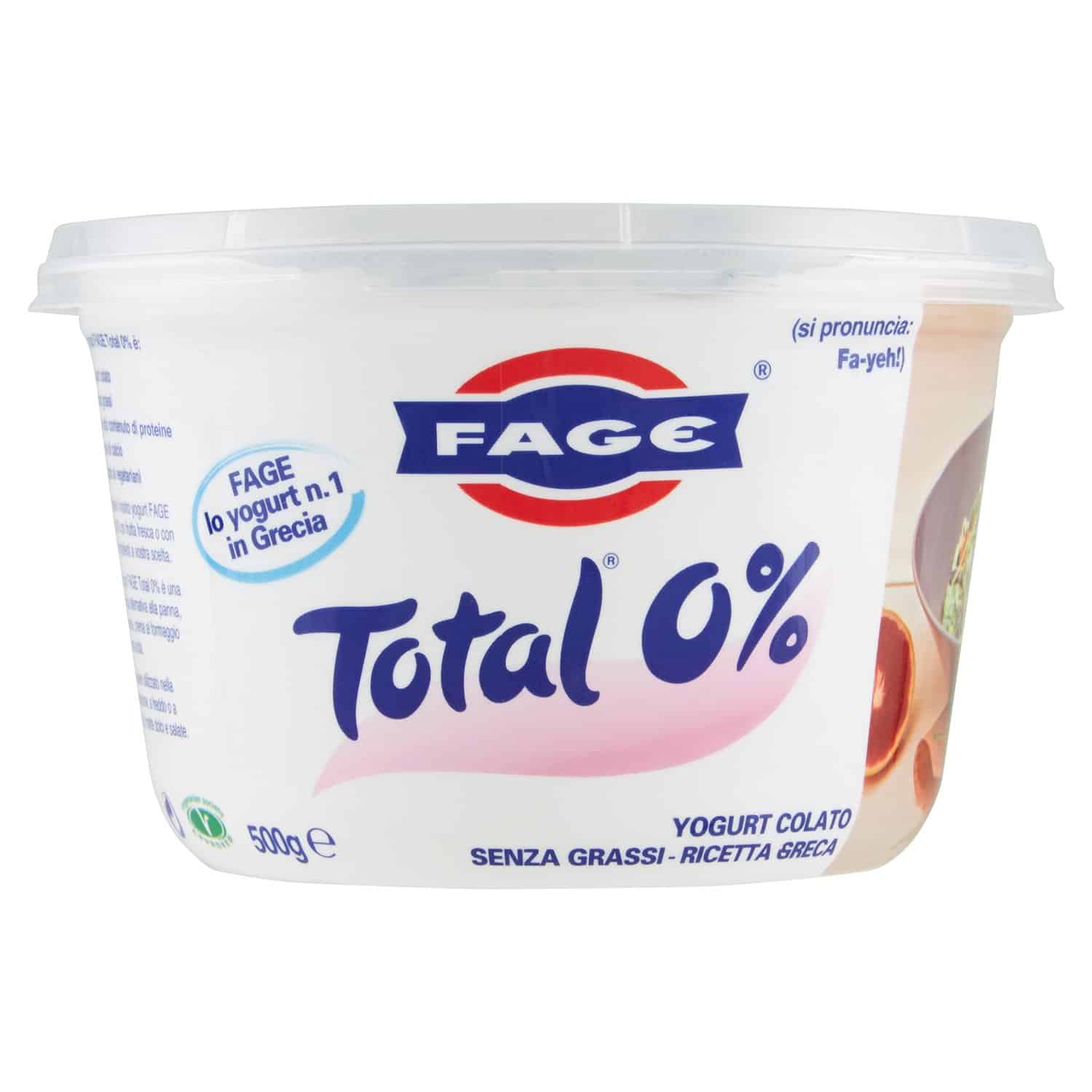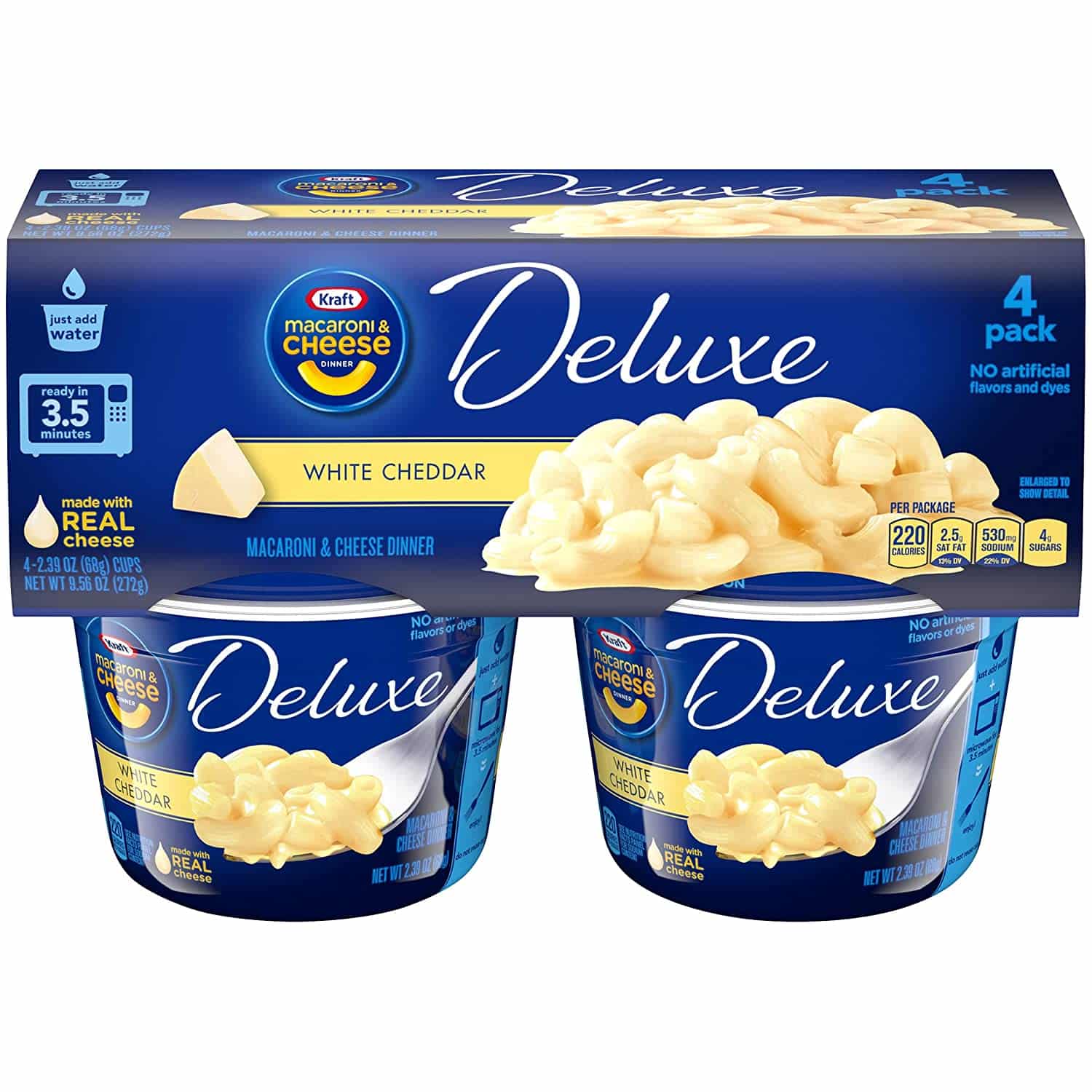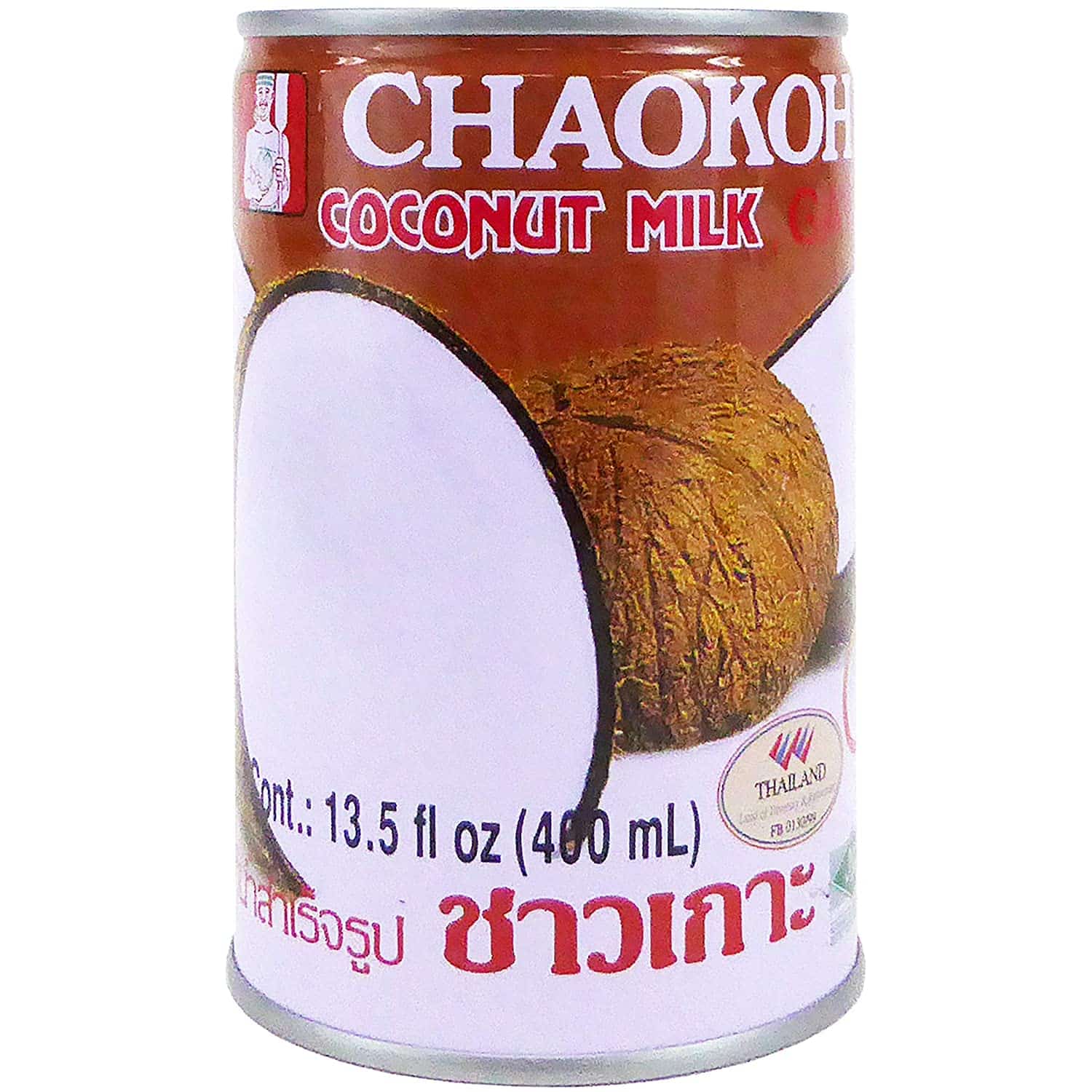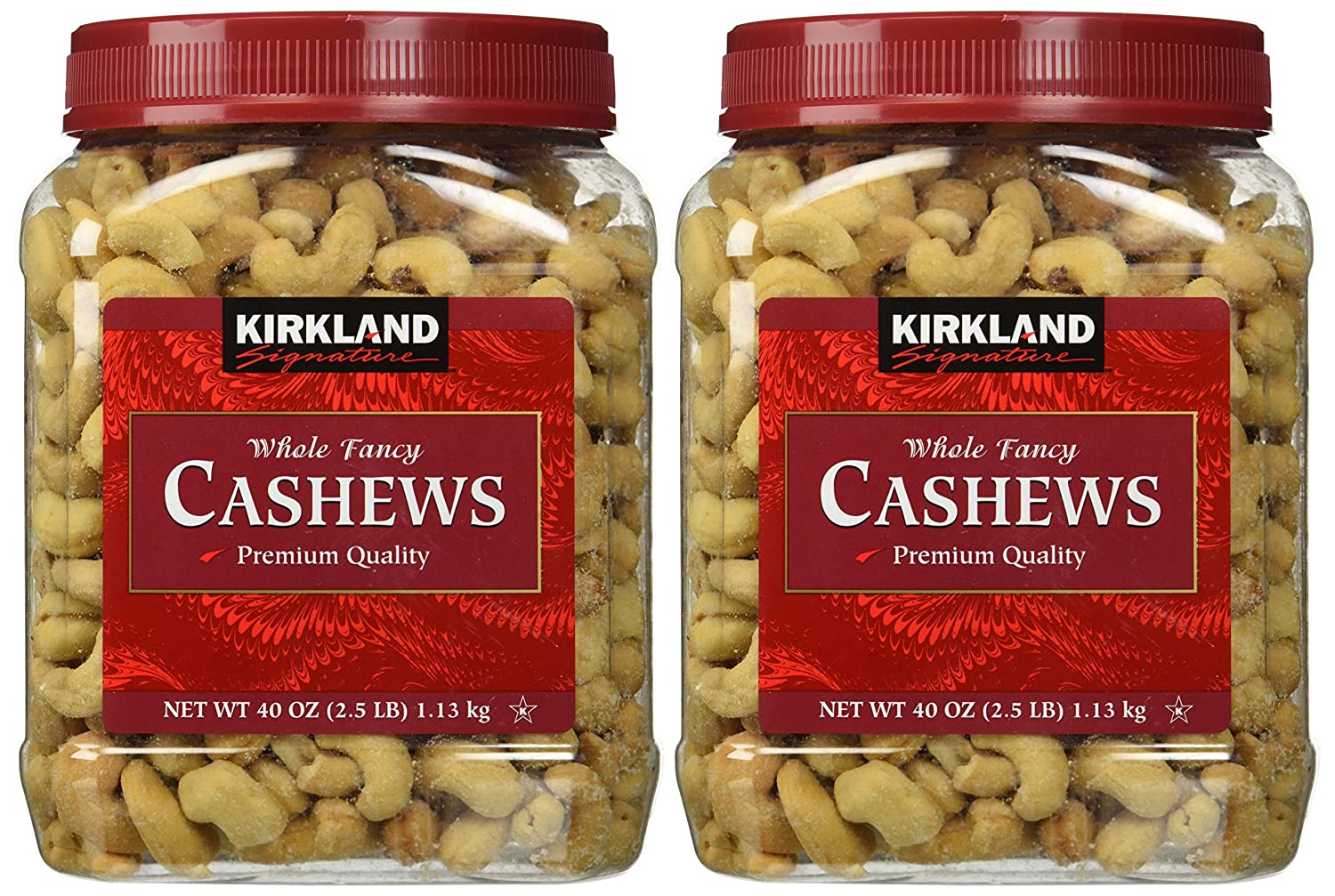Sour cream is obtained when regular cream is fermented with some kinds of lactic acid bacteria. The bacteria culture sours and sets the cream. The name comes from the process of production of lactic acid by bacterial fermentation called souring.
From earlier times, sour cream was made by skimming the cream off the top of milk and letting it ferment at a moderate temperature. You could also prepare it by souring pasteurized cream with acid produced during bacterial culture. The developed bacteria diary fermentation also serves as a natural preservative for it. Sour cream is not fully fermented; therefore, it must be refrigerated when sealed and after use.
Sour cream is used as a component in baking cakes, cookies, or biscuits. It is also used as a condiment for dishes such as baked potatoes and soups.
Sour cream on the tongue tastes like a combination of cream cheese and yogurt. It tastes tangy but at the same time creamy and fatty. The lactic acid is responsible for the sour flavor in sour cream. Sour cream is high in fat and has a creamy texture.
Sour cream nutrition facts:

Use in different recipes
Doughnuts
Sour cream enhances the doughnut by adding heavy cream and acidity level to it. This acidity breaks down crumb in the flavor, which results in a delicate and tender doughnut.
Ice cream and smoothies
Instead of the regular sugar frozen treat, you can get a feel of sour cream in your ice cream or smoothie using sour cream in your recipe.
Creamy savory dishes
A savory dish will taste better when an element of dairy is introduced in it. To enjoy the sour cream, allow the dish to cool off before adding your sour cream.
Substitute for sour milk
There is a variety of substitutes for sour milk, and the most exciting thing is the option of dairy-based and non-dairy based substitutes. We will be discussing both options below:
Greek yogurt
A good substitute for sour cream is Greek yogurt. While Greek yogurt is strained to rid it a large portion of its whey, plain yogurt contains a high percentage of whey. The Greek yogurt ends up thicker and tangier, which is similar to sour cream. Greek yogurt is also below in fat and calories and higher in protein than full-fat sour cream.
Twenty-eight grams of Greek yogurt has 3 grams of fat, 2 grams of protein, and 37 calories, while 28 grams of sour cream has 6 grams of fat, 1 gram of protein, and 54 calories. The same amount of Greek yogurt can be used in place of sour cream in any recipe.
Cheese
The substantial part of milk, which is leftover from the cheese-making process, is known as curd. Its texture is mild and creamy. It has a higher portion of protein and a low level of calories and fat than sour cream. A cup of cottage cheese can be blended with four tablespoons of milk and two teaspoons of lemon juice in place of sour cream.
One hundred twelve grams (half cup) of cottage cheese contains 5 grams of fat, 12.5 grams of protein, and 110 calories, while half a cup of sour cream contains 22 grams of fat, 2.5 grams of protein, and 112 calories.
Creme fraiche
This translates to fresh cream, and it is a dairy product made by adding a bacterial culture to heavy cream. Although it is similar to sour cream, it is less tangy and thicker, and cheese-like.
Crème Fraîche is high in fat, making it an ideal ingredient in sauces and soups as it can be boiled without having to worry about separation. When used as a substitute, you should remember that it has a milder flavor, which may be noticed in the food’s taste.
Coconut milk
This is obtained by grating the meat of the coconut. It should not be mistaken for coconut water. This ingredient is known around the world. Due to its lactose-free nature, it is a good substitute for lactose intolerant and vegans alike. In baked goods, full-fat coconut milk is an excellent replacement for sour cream. To minimize the sour, you should add one teaspoon of lemon juice to every cup of coconut milk. It is also an outstanding substitute for sour cream in dishes when the cream on top is skimmed off and balanced with vinegar, lemon juice, and sea salt.
Cashew
When soaked, cashew is blended with vinegar, lemon juice, and sea salt. It produces a creamy and tangy sour cream. This is a perfect substitute because cashew is buttery and high in fat. The high-fat percentage is what makes it an excellent dairy-free substitute for sour cream.
Twenty-eight grams of cashew has 155 calories, 12 grams of fat, and 5 grams of protein. It is a good substitute for sour cream in soups and some dishes but not the best in baking.
Buttermilk
Buttermilk is the liquid that is residual from the process of butter making from cultured cream. The milk is left out for some time to rest, and during this period, the lactic acid bacterium ferments the milk sugar and results in a tangy liquid known as buttermilk.
Since it is liquid, it can only be used as a substitute for sour cream in baked goods or dressings, even though it has the same tangy taste as sour cream.
Substitute for sour cream in baking
Sour cream in baking helps tenderize gluten, thereby creating light and fluffy baked goods. The fat in it creates moistness and richness in baked goods. Sour cream can be substituted with plain yogurt, cream cheese, and buttermilk.
Substitute for sour cream in stroganoff
This pasta dish is usually prepared with sour cream but can be substituted with melted cream cheese with a few lime drops.
Substitute for sour cream in mashed potatoes
In mashed potatoes, sour cream provides a tangy taste and can be substituted with milk, but it loses the spicy taste when this is done.
Frequently asked questions
How to make sour cream?
You will need a jar, milk cream, and lemon juice (fresh lemon). It requires no cooking. Combine the ingredients in the pot and cover it with a breathable cloth. Leave it for a night and give it a good stir the next day, and you will have your thick and tangy sour cream.
Cream cheese substitute for sour cream?
A mixture of ¾ cup of cream cheese with three tablespoons of milk when blended will produce a good substitute for sour cream.
Nondairy sour cream?
There is a variety of sour cream available, from local recipes to sour cream brands. An example of a local recipe is a mixture of raw cashew, lemon juice, water, salt, and apple cider vinegar, while non-dairy sour cream brands include Hood Sour Cream and Wayfare Sour Cream.
Conclusion
This article provides a variety of substitutes for sour cream in different recipes. It clearly describes the taste, texture, and uses of sour cream too.







